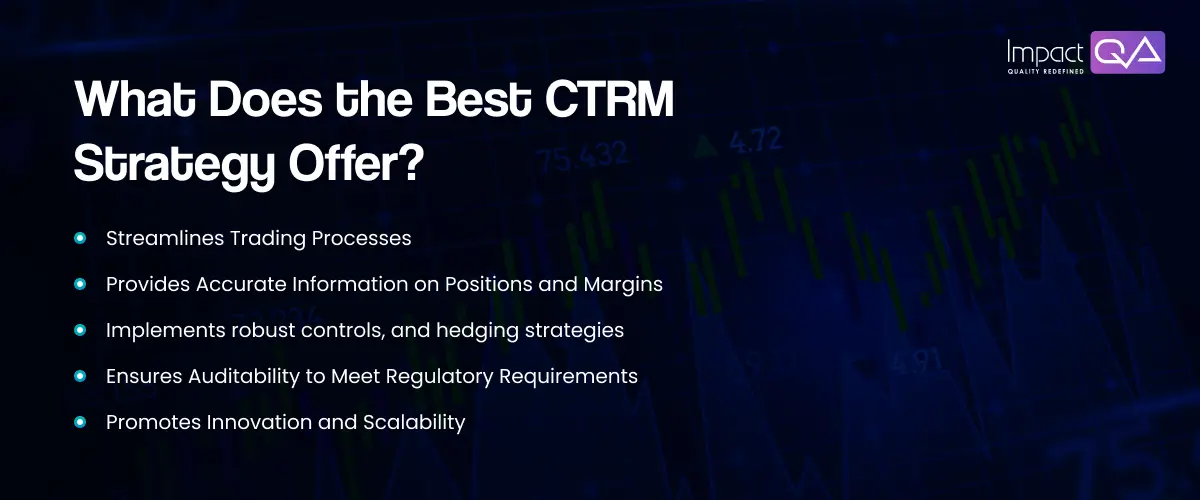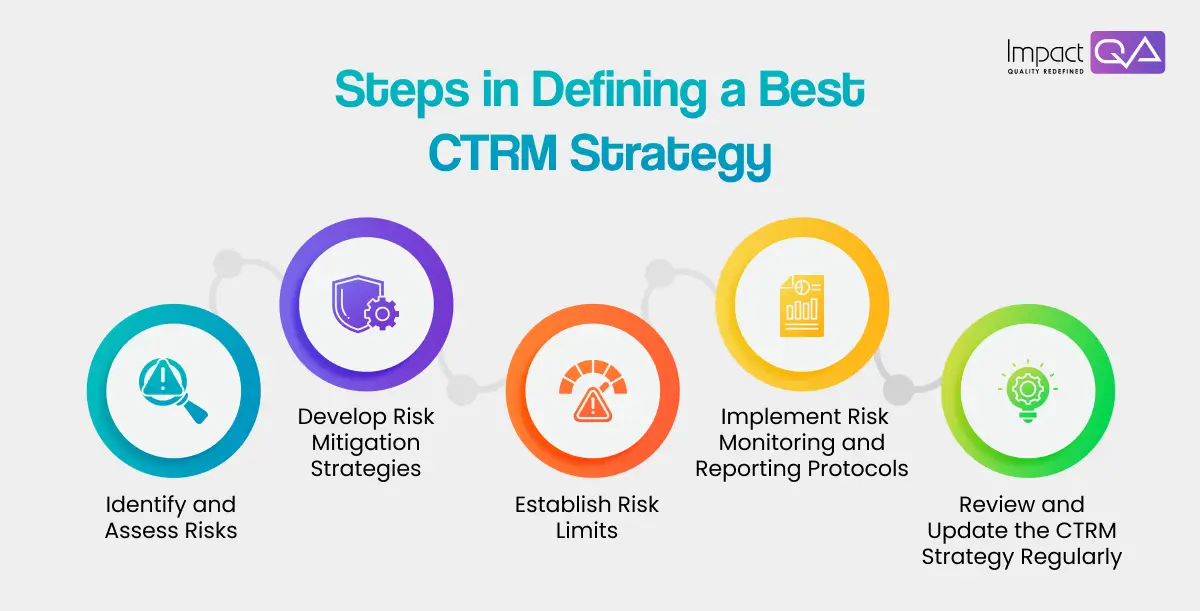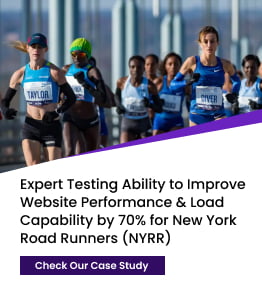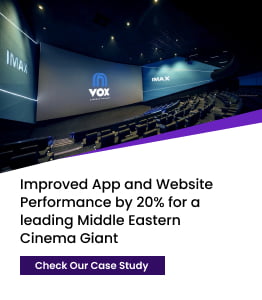The Best CTRM Strategy for Commodity Trading
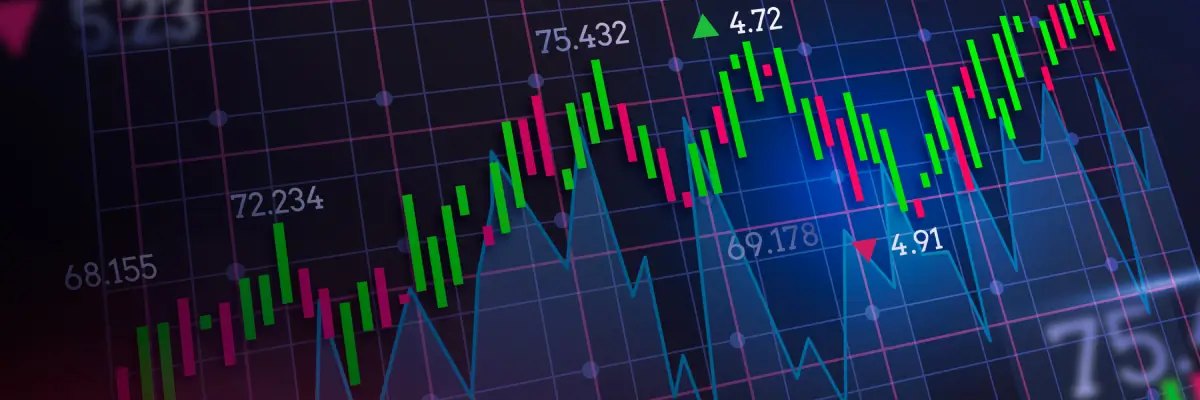
In the high-stakes environment of commodities trading, selecting the right software can be the key to success. Commodity trading and risk management (CTRM) software plays a pivotal role for traders, brokers, and organizations dealing in commodities, especially in the wake of recent global events. With the surge in volatility due to geopolitical tensions and climate-related disruptions, organizations are increasingly turning to sophisticated CTRM strategies to mitigate risks and optimize their trading portfolios. However, with so many alternatives available, choosing the best CTRM strategy for your needs can be difficult.
Before we consider the best CTRM strategies, let’s look at what CTRM actually is.
Who Needs CTRM Software?
Businesses trading energy, metals, agriculture, and soft commodities rely on CTRM systems to manage risk exposure, optimize portfolios, and improve trading decisions. Specifically, in energy trading, ETRM software (Energy Trading and Risk Management) is utilized. Energy companies use ETRM software to manage risks associated with energy pricing, supply and demand fluctuations, and regulatory changes.
Furthermore, other entities like commodity traders, commodity consumers, and financial institutions, also rely heavily on CTRM systems. Financial institutions use them to manage commodity market exposure, while commodity traders utilize CTRM to maximize profits and manage risks. Similarly, commodity consumers use these systems to handle exposure to price fluctuations.
CTRM software is therefore a crucial tool for firms managing financial risks in commodity trading. It provides a comprehensive system for pre-transaction planning and post-trade accounting while streamlining the entire trading process. This software offers better insight into commodity positions and helps mitigate risks such as market, credit, and operational risks.
Also Read: CTRM VS. ETRM: Which Software is Perfect Fit for Your Business Needs?
Automation in CTRM
Automation is integral to modern CTRM software. It can help optimize processes, reduce manual errors, and boost efficiency. By automating routine tasks, traders and commodity professionals can focus on strategic activities, resulting in better decision-making and enhanced risk management throughout the trading lifecycle. Automation in CTRM not only streamlines day-to-day operations but also ensures that critical tasks are executed with precision and consistency. This leads to improved compliance with industry regulations, reduced operational risks, and a more agile response to market changes.
For instance, automation in CTRM can handle complex calculations and data analysis at speeds unattainable by manual processes, providing real-time insights that are crucial for making timely trading decisions. Automated systems can also integrate seamlessly with other enterprise solutions, such as ERP and CRM systems, creating a cohesive technology ecosystem that enhances overall business performance.
| CTRM Functionality | Description | Benefits | Automation Capabilities |
| Position Management | Managing and tracking commodity positions across different markets | Better visibility into positions and reduced error risk | Automated position updates, real-time monitoring, and position alerts |
| Risk Management | Identifying, assessing, and mitigating trading risks | Lower exposure to losses and improved financial outcomes | Automated risk calculations, real-time monitoring, and risk alerts |
| Trade Execution | Efficient execution of commodity trades | Reduced transaction costs and increased opportunities | Automated order routing, trade confirmations, and settlements |
| Compliance Managemen | Adhering to regulatory requirements | Lower legal and reputational risks | Automated compliance checks, regulatory reporting, and record-keeping |
| Data Management | Collecting, storing, and analyzing market data | Informed decision-making and better risk management | Automated data collection, storage, and analysis |
| Reporting | Automated data collection, storage, and analysis | Increased transparency and accountability | Automated report generation, customizable templates, and real-time access |
The range of automation technologies in CTRM is broad and continuously developing. It offers innovative solutions to boost operational efficiency and risk management. Advanced machine learning algorithms, for example, can predict market trends and identify potential risks before they materialize. Robotic process automation (RPA) can handle repetitive tasks with precision, sparing human resources to concentrate on more complex activities.
Establishing a clear CTRM strategy is essential before implementing an automated system to ensure it aligns with business objectives. This strategic approach should consider the integration capabilities of the chosen technology and the long-term goals for scalability and adaptability in a dynamic market environment.
Definition of CTRM Strategy
CTRM strategy involves the comprehensive planning and execution necessary for optimal management of commodities trading and risk. This includes setting business objectives, recognizing constraints and opportunities, and selecting the appropriate CTRM technology to support trading operations and risk management.
A well-designed CTRM strategy offers several key benefits for commodities traders:
- Streamlines and automates trading processes from trade capture to settlement.
- Provides timely and accurate information on positions, exposures, margins, and profitability.
- Implements robust controls, limits, and hedging strategies to manage market, credit, and operational risks.
- Ensures data quality, traceability, and auditability to meet regulatory requirements and reporting standards.
- Promotes innovation, adaptability, and scalability to leverage market opportunities.
Steps in Defining a Best CTRM Strategy
Step 1: Identify and Assess Risks
Begin by determining and evaluating the various risks the company faces, including market risk, credit risk, operational risk, and regulatory risk. Examples of risks a commodity trading company may encounter are:
- Market risk: Potential losses due to price fluctuations in traded commodities.
- Credit risk: Potential losses from counterparties failing to meet their obligations.
- Operational risk: Potential losses from human error, system failures, or fraud.
- Regulatory risk: Potential losses from compliance failures or regulatory changes.
By identifying and assessing these risks, companies can create strategies to mitigate them.
Step 2: Develop Risk Mitigation Strategies
After identifying the risks, develop strategies to reduce the likelihood or impact of losses. These strategies may include:
- Hedging: Taking offsetting positions in different markets to reduce exposure to price fluctuations. For instance, a company long on a commodity may hedge by taking a short position in a futures contract for that commodity.
- Diversification: Investing in various commodities and markets to lower overall portfolio risk. This reduces reliance on any single commodity or market and can enhance overall risk-adjusted returns.
- Risk transfer: Transferring risk to other parties, such as insurance companies or financial institutions, through insurance contracts, derivatives, or other financial instruments.
Step 3: Establish Risk Limits
Set limits on the amount of risk the company is willing to accept, based on financial strength, risk appetite, and overall business objectives. This should include:
- Financial Strength Assessment: Evaluate the company’s financial position to determine acceptable risk levels.
- Risk Appetite Determination: Understand the company’s tolerance for risk in relation to its strategic goals.
- Objective Alignment: Ensure risk limits align with the company’s overall business objectives and strategies.
- Tiered Risk Limits: Implement different risk limits for various types of risks, such as market, credit, and operational risks.
- Periodic Review: Regularly review and adjust risk limits to reflect changes in the business environment and company strategy.
Step 4: Implement Risk Monitoring and Reporting Protocols
Monitor risk exposure continuously and report risks to senior management regularly to ensure effective risk management and avoid excessive risk-taking.
- Risk monitoring: Track key risk indicators (KRIs) and identify potential risks before they materialize. Examples of KRIs include Value at Risk (VaR), stress test results, and position limits.
- Risk reporting: Provide senior management with regular updates on the company’s risk profile, including KRI performance, risk mitigation strategies, and emerging risks.
Step 5: Review and Update the CTRM Strategy Regularly
Regularly review and update the CTRM strategy to reflect changes in the company’s business, commodity markets, and regulatory environment. This process should include:
- Adaptation to New Market Conditions: Adjust strategies to reflect current market trends and emerging risks.
- Incorporation of Technological Advancements: Utilize new technologies to improve risk management and trading efficiency.
- Engagement with Key Stakeholders: Involve stakeholders in the review process to ensure alignment with business goals and obtain valuable feedback.
- Continuous Improvement: Regularly refine risk mitigation strategies based on performance data and evolving market dynamics.
- Regulatory Compliance Updates: Stay informed about regulatory changes and ensure the strategy meets all compliance requirements.
Conclusion
In summary, the success of a commodity trading business greatly depends on the efficacy of its CTRM strategy. Modern CTRM software, with its automation capabilities, plays a pivotal role in enhancing operational efficiency and risk management. By systematically identifying risks, implementing robust mitigation strategies, and ensuring continuous strategy updates, companies can maintain a competitive edge. As the commodity trading landscape continues to evolve, a well-defined and adaptable CTRM strategy is key to thriving amidst market fluctuations and regulatory changes.

